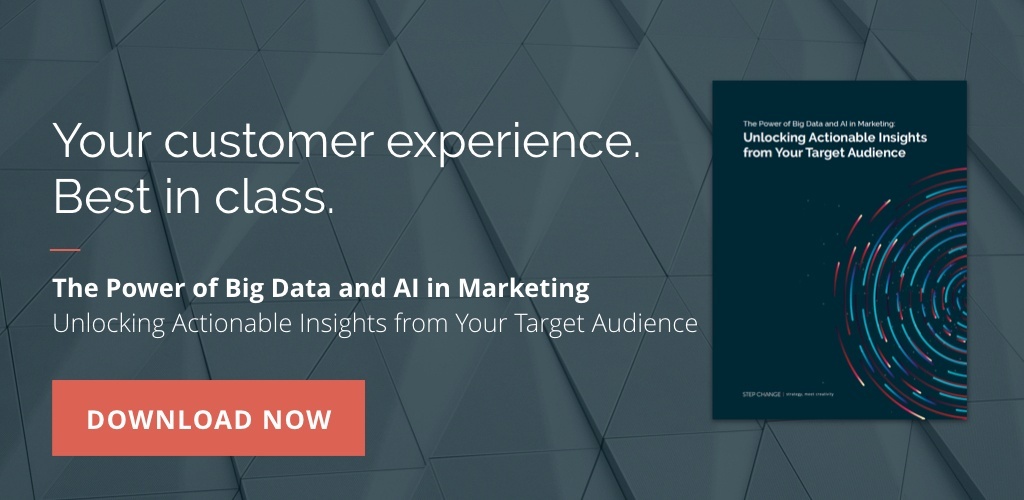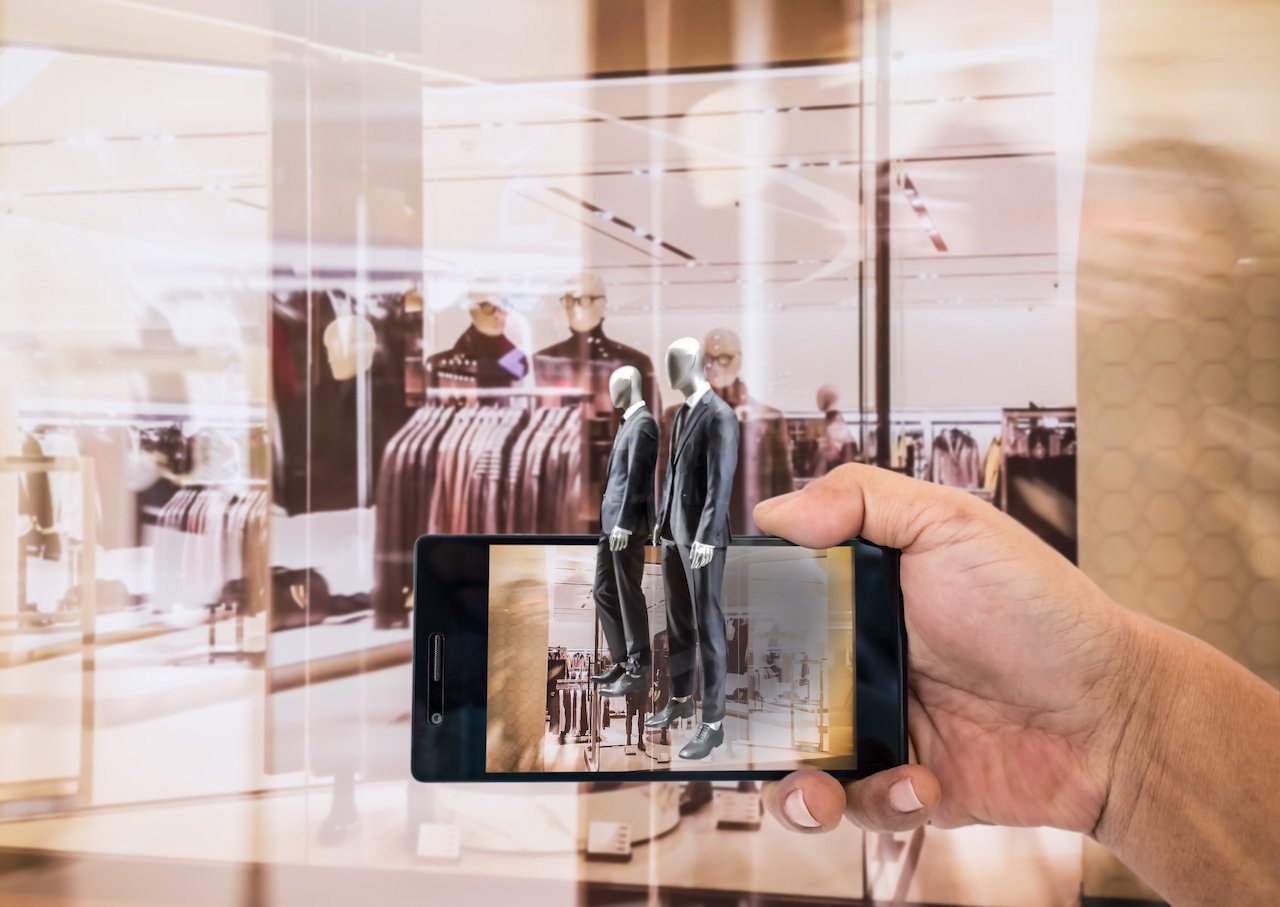With AI and big data, you can gain a better understanding of how your target buyers consume data. Learn how these five companies were able to use data-driven insights to be more relevant to their target audience.
AI apps use machine-learning technology to understand what fuels prospects and leads and get them further down the funnel to fast-track a conversion.
AI has brought on marketing automation, lead scoring, and sales forecasting across multichannel campaigns in a way that’s faster and more accurate than ever before.
With data-driven audience insights, marketers can better tailor content effectively according to what works best for prospects and fuels conversion.
Know Who Your Audiences Are
How German Tour Operator Berge & Meer Expanded Their Reach
Nowadays, knowing your audience demographic — their age, location, and interests — no longer paints an accurate picture if you are aiming for relevance and differentiation in the market.
With AI-powered tools, you can have access to more accurate behavioural data that can get you a better pulse of the internet so you can optimise your strategy to be more relevant to your target audience.
To truly understand the average consumer, agencies and businesses need to think about making use of AI-driven insights to uncover patterns in their user behaviour.
Data insights through AI integrates well with people-based marketing, which also aims to learn from new and existing customers to help plan strategies better and more effectively through actual user-based data.
Berge & Meer, a tour operator company in Germany, has decided to use data-driven insights to solve their current business challenge of reaching new customer groups.
Upon optimising their search engine marketing, they realised they were not top of mind to new customers in keyword searches. Rather, most of their online prospects searched for generic keywords such as “German tours”.
Because generic keywords are expensive and most of their bookings were made on the last click, it was difficult for them to justify investing in upstream keywords.
The shift to a last-click data-driven attribution model allowed them to understand all the click paths based on Google Ads data. Through this, they were able to better link conversions according to keyword contributions. Within the first two months of their testing period, they had a 24% increase in bookings.
Understand What Your Audience Needs
How Netflix Enhanced Their UX and Gained a Massive Following
Netflix is an example of a company that has leveraged the power of AI and audience insights to improve and personalise the user experience in a way that’s unprecedented.
With their existing subscription-based model, Netflix has in its hands a huge amount of valuable user data from their subscribers based on their streaming activity such as their show preferences, viewing habits, and interests.
Through this, Netflix uses collaborative filtering and user-derived feedback to improve not only how they recommend shows to their viewers, but also to predict demand for their future shows and releases.
Collaborative filtering algorithms recommend movies and shows to Netflix subscribers based on what they have watched in the past or according to the choices and preferences of similar users.
It works by collecting your movie or show-watching preferences and interpreting this behaviour with other user-recommended shows that fit the same circle. Netflix’s recommendation model then suggests a particular movie that fits your viewing preferences and comes highly recommended by other similar users just like you.
This is the magic behind how Netflix gives you those spot-on movie and show recommendations — and the primary reason why Netflix has grown to a cult following of 138 million subscribers as of July 2018.
It’s all about creating a personalised user experience, one that works remarkably well through accurate data and audience insights made only possible by AI and big data analytics.
Optimise Your Content and the Right Platform for Your Audience
How Coca-Cola Optimises Their Best Stories
With access to accurate audience insights, you can optimise and design your content strategy in a way that targets your customers effectively.
Having AI-powered audience insights helps you capture and use customer data so you can create content that is relevant to your audience. Gartner predicts out that 20% of business content will be AI-generated.
Coca-Cola is another example of a company using AI-driven audience insights for content creation and targeted advertising. Best known for their storytelling narratives and commercials, the company has explored the use of using audience insights to create automated narratives and allowing AI algorithms to find the best stories that resonate the most with their target markets.
With the power of AI, these ads have up to 4x higher clicks than traditional methods of promotion. And with a more accurate way to measure success, it is easier to validate the tactics that are driving the positive numbers.
Boost Conversion
How LoopMe and Nissan Drew More Customers into the Funnel
LoopMe, a mobile video and advertising platform, can also attest to AI optimisation’s ability to promote the biggest boost in the funnel.
According to Stephen Upstone, CEO of LoopMe,
“In the case of purchase intent, a deep-funnel metric and goal, AI delivered a brand uplift of 51.3%, which is 19X more effective than traditional advertising optimization.”
Nissan has also turned to AI to boost their conversion rates. In 2015, they worked with Publicis.Sapient, a digital transformation platform, to migrate data from 109 countries into a single platform.
With so much data to analyse on a single platform, they came up with a framework that identified the key audience insights they were after, which were customer satisfaction, brand visibility, and alignment with business goals.
Publicis.Sapient then turned to Adobe Analytics Cloud that attributed scores on individual markets to identify what’s working versus what is causing churn. AI identified that in one of their Asian markets, 27,000 customers filled out a form to book a test drive, but only 91 completed the form.
It was able to track that 99% of these customers abandoned the form after the first question.
So with this new insight, they developed and tested out several different versions of the test drive form which finally led to a 900% increase in test drives booked.
And true enough, optimising your marketing strategy with AI gives businesses a better understanding of what drives their audiences, which is great for overall business.
Editor's note: This post is an excerpt from our latest ebook, The Power of Big Data and AI in Marketing: Unlocking Actionable Insights from Your Target Audience. Download the ebook to get on some strategies you can use to take your customer experience to the next level.










![#KatieTalks to Step Change’s Robert Steers [PODCAST]](https://blog.hellostepchange.com/hubfs/BLOG/Posts/5-Connection/katie-talks-robert-steers.001.jpeg)






